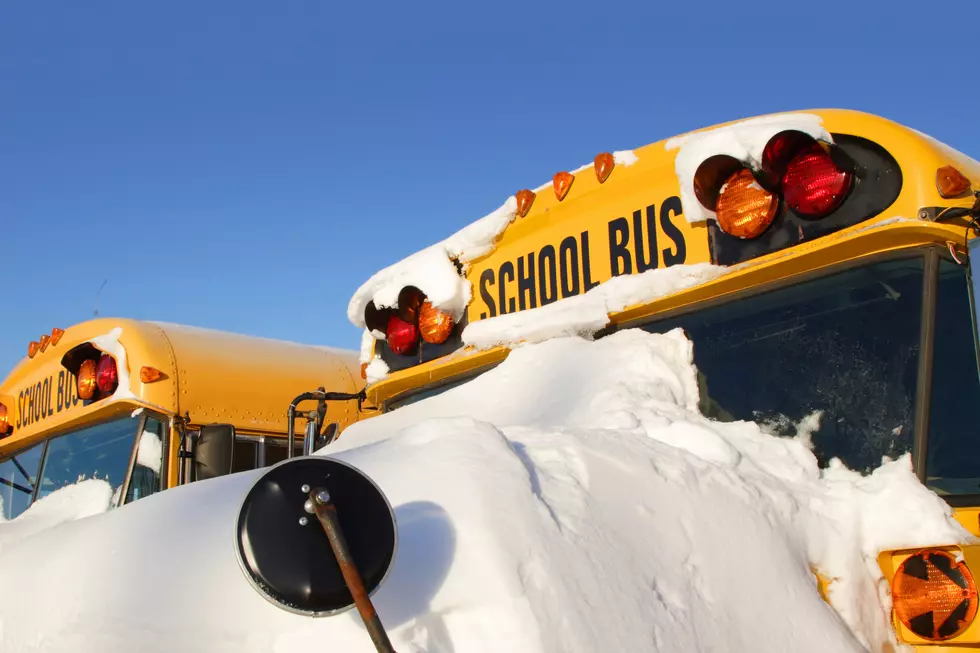
Southeastern Mass Enters ‘Critical Drought’ Stage
Following five months of below-normal rainfall, state officials have declared a Level 3 Critical Drought in Southeastern Massachusetts, and are asking people to conserve water and prevent wildfires.
The state is also asking cities and towns to announce water use restrictions and to ban or discourage the installation of new sod, seeding, or landscaping; the washing of hard surfaces such as patios and sidewalks; personal vehicle or boat washing; the operation of non-recirculating fountains; and the filling of outdoor pools, hot tubs, and informal rinks. Communities are being asked to identify their top water-users and to conduct targeted outreach to help curb their use.
The critical drought declaration will remain in effect until water levels return to normal, according to a release from the Executive Office of Energy and Environmental Affairs. In the Southeast and Cape and Islands, rainfall was 2 to 3 inches below normal in September, and temperatures have been above normal across the state.
Wildfires are a big concern at this time, officials said, due to a combination of high temperatures, gusty winds, and dry grasses, shrubs and forest fuels.
There have been nearly four times as many wildfires this year compared to last. In 2020, there have been 1,078 wildland fires, scorching 729 acres. In 2019, there were 281 wildland fires burning 248 acres, according to State fire Marshal Peter J. Ostroskey.
"There have been a number of wildland fires caused by illegal fireworks," Ostroskey said. "Even a small firework could start a large brush fire especially in these dry conditions."
Outdoor charcoal grills, matches, campfires, and the careless disposal of cigarettes can all lead to out-of-control fires. Lightning strikes can also start wildfires. But Ostroskey said the vast majority of wildfires are human-caused and preventable.
The drought has affected cranberry farmers, many of whom have been dry-picking their crop and waiting for rain. And hay farmers are worried about their second cutting, growers in the Rochester area tell Sippican Week. On top of that, residential wells are running dry in some areas. The Mattapoisett River above the herring dam at Rt. 6 is extremely dry -- at 9.5 inches below normal -- imperiling aquatic life.
From a planning perspective, the "critical drought" declaration kicks off stricter conservation, strategic coordination with neighboring states, and preparations for emergency conditions. Most of Massachusetts remains at Level 2 for "significant drought," but the Charles River and Millers River basins are also deemed Level 3. No region has yet reached a Level 4 "emergency drought." Cities and towns are being asked to develop a drought management plan, if they don't already have one.
Those seeking more information may visit the EOEEA's drought page.

More From WBSM-AM/AM 1420









